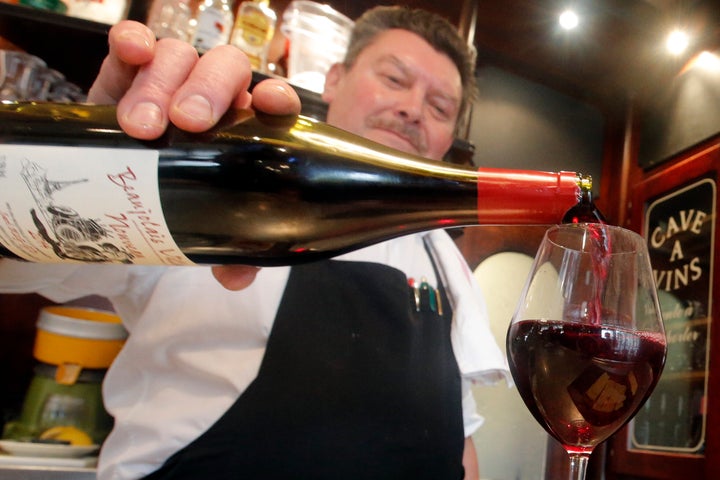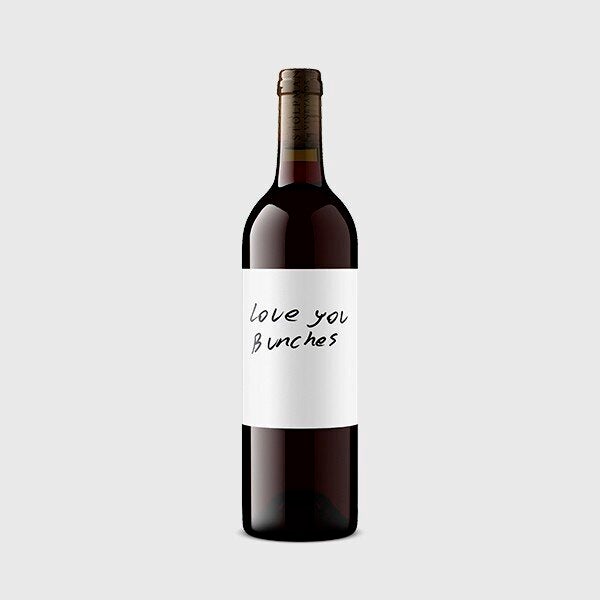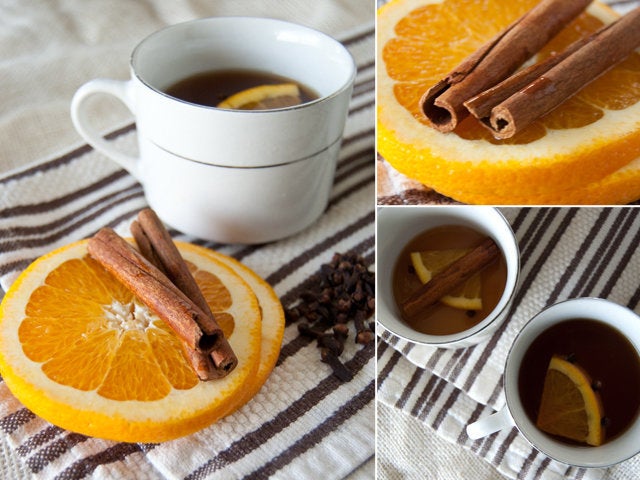As the weather turns warmer, rosés start making an appearance on wine shelves. But for those palates fatigued with the pink drink, give light, chillable reds a try.
“I think they’re great transitional wines for the season,” said Christy Frank, owner of Copake Wine Works in New York’s Hudson Valley. She said this style of wine “sits in-between a white and a red,” and make a tasty alternative to rosé.
You might hear the phrase “glou glou” tossed around when talking about these wines. A French term meaning chuggable and gluggable, light reds are not wines meant for serious contemplation. Usually lower in alcohol, they make for a perfect day-drinking option.
What makes a light red different from red wine
Glou glou wines are most commonly associated with a winemaking technique known as carbonic maceration. In normal red wine production, grapes are crushed and the juice and skins spend time together before juice is separated and fermented. This time on the skins not only deepens the color, but also extracts compounds that give wine structure. In carbonic maceration, however, whole grapes are put into a barrel or bucket and a layer of inert gas is put on top. Without oxygen, fermentation starts inside the grapes and the little orbs soon explode, so there’s very little contact with the juice and skins.
The bottom line: Carbonic maceration creates lighter color and fresher wines.
You get a completely different set of flavor profiles with carbonic maceration ― lighter, juicier and fruit-driven are hallmarks of this technique. “Carbonic maceration takes tart flavors and turns them into sweeter, more approachable flavors,” said Carrie Lyn Strong, wine director at Casa Lever restaurant in New York City.

Beaujolais Nouveau, the young French wine that’s released every November to much fanfare, is probably the most famous example of this winemaking technique. Gamay, the grape in Beaujolais Nouveau wine, is the variety most associated with carbonic maceration, but winemakers find it works with many types of grapes. For example, Peter Stolpman of Stolpman Vineyards in Santa Barbara, California, turns Sangiovese grapes, the backbone of high-end and serious Brunello wines, into a fresh and fun bottle called “Love You Bunches.”
Beyond carbonic maceration, picking grapes earlier than normal can also create lighter wines, as those grapes retain acidity and have less sugar (which is converted to alcohol in the fermentation process; less sugar often equals lower alcohol). Frank said Grenache grapes picked a little earlier can yield lovely elegant wines, and points to Australia as a place where winemakers strive to achieve a more ethereal style of the grape through their methods in the vineyard.
Grape varieties typically used for light reds
Certain grape varieties, whether due to their naturally thinner skins or their genetic makeup, naturally lend themselves to lighter style wines. “In the areas where these grapes are traditionally from, they’re not the grapes that are meant to make the super serious wines,” Frank said. “They’re light, they’re transparent.”
However, simple doesn’t mean insipid. “A lot of these wines actually have structure from either zippy acidity or ‘sneaky tannins,’” Frank said, meaning the tannins are present but not dominant, giving wines that little extra oomph.
Both Frank and Strong said there are a number of grape varieties to look for that yield lighter styles wines: from Italy, look for Schiava, often grown in Alto Adige; Grignolino from Piedmont; or Frappato in Sicily. From France, Mondeuse, native to the Savoie region, is a good option. And Gamay from Beaujolais is always a classic. In the Southern Hemisphere, winemakers from South Africa bottle juicy, big-berried Cinsault on its own (which in the past was used as a blending grape with heavier Cabernet Sauvignon).

However, these grapes aren’t constrained by their regional origins. California, for example, is becoming a hotbed for these chilled reds. Winemakers play with a whole range of grapes from all over the world and experiment with how lighter-leaning varieties — and well as different winemaking techniques — fare. Pax Mahle of Pax Wines in Sonoma, California, is turning Valdiguie, an unusual grape from France’s Languedoc-Roussillon area, into a bright, fresh and quaffable red. In New Zealand, Daniel Brennan of Decibel Wines is transforming Malbec, normally a deep, dense wine, into something worthy of a summer picnic.
How to serve light reds
Many of these light reds benefit from a little chill. “I would pop them in your refrigerator for about 30 minutes,” Strong advised. “I don’t think they need to be ice cold,” but you’ll definitely want them cooler than room temperature, she said.
Frank advises to “treat it like a rosé” but don’t get too precious about it. “If it’s too cold, it doesn’t really matter, because it’ll warm up.”
In general, both Frank and Strong say the key to finding a good bottle is to talk to a salesperson at your local wine store. Knowing grape varieties is a good start, but most winemakers won’t list the nitty-gritty details of things like carbonic maceration on the label; that’s where the shop associate comes in. They’ll most likely have tasted — and are able to recommend — the ideal light red to take you into summer and beyond.
